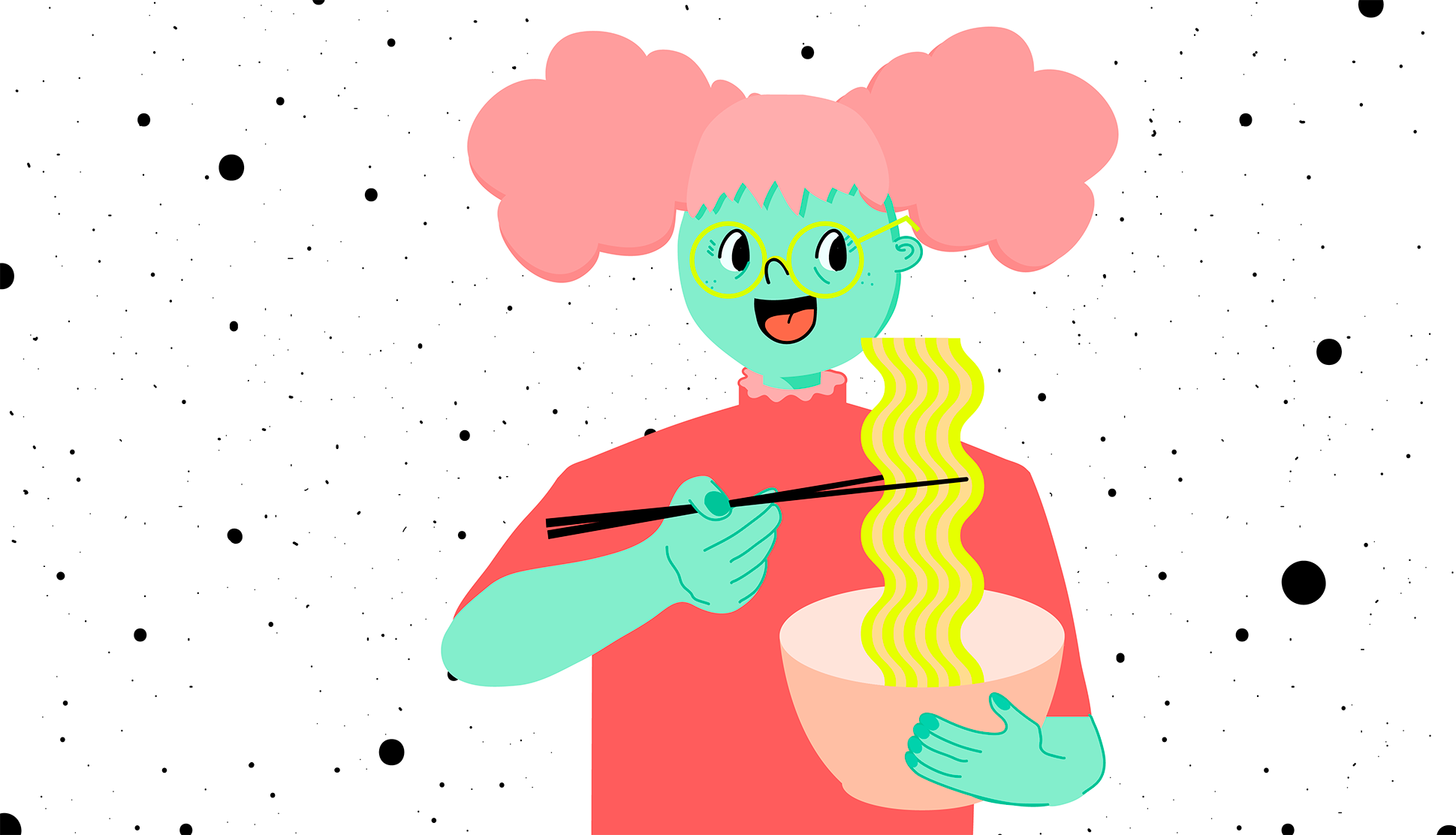Warning: This article contains sensitive material relating to eating disorders.
If you’re an avid Youtube watcher like me, you’ve probably heard of or have been recommended mukbang videos. Before we dive into this topic, according to dictionary.com, the concept of a mukbang video is a ‘’livestream of a host who binge-eats large quantities of food as they talk to their audience.’’ These videos are often done in storytime format, where the host tells a lengthy past experience while eating and responding to comments from their fanbase.
These videos are also known as eating shows. Popular content creators include Nikocado Avocado, Trisha Paytas, Zach Choi and Stephanie Soo.
Mukbang has often been used by the hosts as an excuse for the abundance of food they consume. Mukbanger Livia Adams, also known by Alwayshungry, admitted to having had an unhealthy relationship to food, as written in The Odyssey. She has gone as far as congratulating herself for the number of hours she lasted without food in a day. Paytas has also admitted to starving herself for weeks to give entertaining mukbangs for her viewers. On Paytas’ page, you can read some seriously disturbing comments.
“I’m on a diet… watching this is giving me some sort of satisfaction like as though I ate, you know?”
“I watch these videos because I know I physically can’t afford to eat like this because I gain weight too easily.”
“When having an eating disorder, watching Trisha’s mukbangs is sorta comforting in a way omg”
Let’s not forget that these people become famous and rich by starving themselves, downing nauseating amounts of junk food and promoting their self-destructive behaviours to younger audiences. It’s disgusting and disappointing that YouTube is monetizing eating disorders.
One of the biggest issues that I have with mukbang videos is the fact that these Youtubers eat junk food in large quantities—I can assure you that the most popular content creators aren’t downing a salad nor are they inviting their viewers to live a healthy lifestyle. They’re often eating heavily fried foods, fast food, chips or sweets. A lot of mukbangers only show themselves eating, and, since it’s not glamorous, don’t show how their bodies react. Why don’t they show what really goes on behind the scenes? No human being can be healthy and alright after consuming 10,000 calories in one sitting—by themselves—without any health repercussions, especially after starving themselves.
A study by Hanwool Choe, a sociolinguistics Ph.D. student at Georgetown University shows that many people resort to watching mukbangs to feel less alone while eating, provide a sense of community and sometimes even satisfy some fetish.
As stated by Medical Daily, mukbangs promote overeating and may be causing people to practice detrimental eating habits. We all need to hold Youtube accountable for the content they promote and monetize. It’s unethical for behaviour like this to be so openly presented on a website used by 1.9 billion users every month.
Why do people enjoy watching this sort of content, where people are witnessing the destruction of someone else’s body? Well… it’s actually a brutal human emotion called Schadenfreude, defined by Science News as the “process of perceiving a person or social group as lacking the attributes that define what it means to be human.’’
Schadenfreude, the phenomenon of online voyeurism and the strong influence of social media, all feed into the obsession of looking at others rather than working on ourselves. With one click, we are able to look through digital windows and learn everything about that person, even though it may be an inaccurate depiction.
In all honesty, mukbangs aren’t all created to cause harm, but they seem to be hurting more people than helping. The internet should not be where people with eating disorders hurt themselves and inadvertently trigger those who see these videos. Youtube needs to care more about their viewers than the money they make.
Graphic by @sundaeghost




